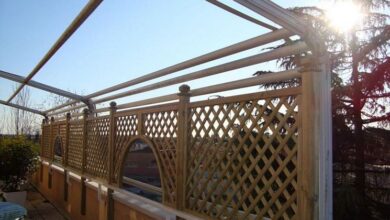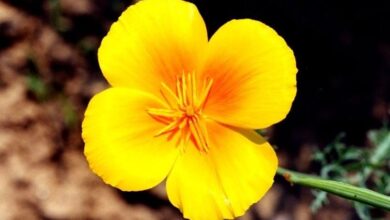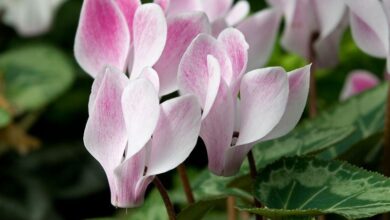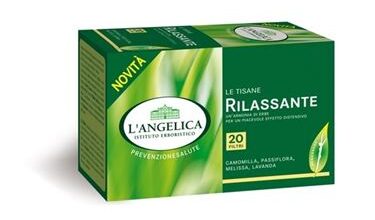Climbing strawberries
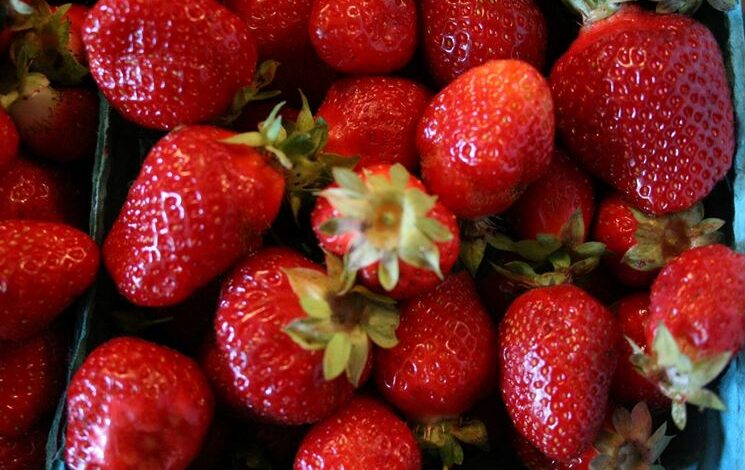
An ornamental plant full of tasty fruits
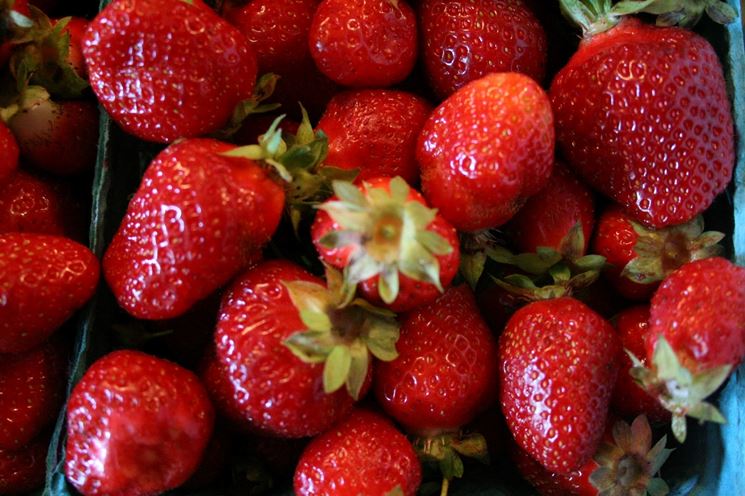
From sowing to harvest
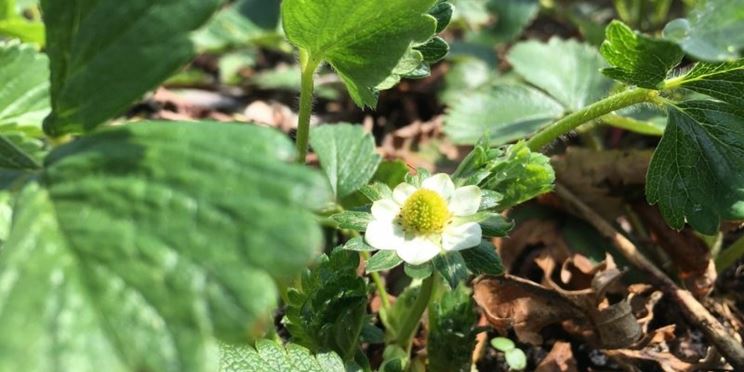
To obtain healthy and luxuriant plants it is necessary to start by taking care of the soil. This must be soft, well drained and particularly rich in organic substances. The nutritional elements of the soil will subsequently be integrated regularly, to compensate for the quantity of substances that is absorbed by the plant over time. This need is even more felt for those specimens that are grown inside pots. Before planting the climbing strawberry seedlingsit is advisable to carry out a rich fertilization of the soil with mature manure. In case of cultivation of climbing strawberries inside pots, it will be advisable to repeat the operation in autumn, adding mature manure to the base of the plants. At the beginning of spring, to optimize the harvest, just add once a month liquid fertilizer based on potassium and phosphorus to the water, or a slow release granular fertilizer mixed with ash at the foot of the plant.
Characteristics of the plant
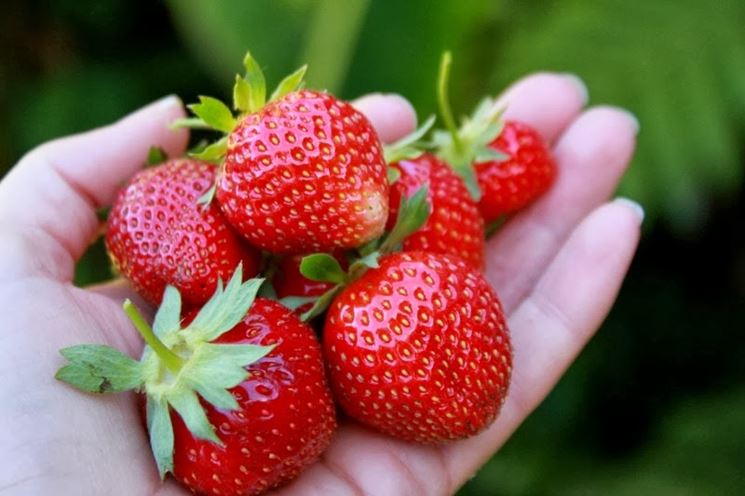
The multiplication of climbing strawberry plants occurs mainly by division of the tufts. This technique allows to keep the genetic characteristics of the original plants unaltered. The division of the tufts is carried out at the end of winter, when the plants are preparing for the new vegetative period. In this period it is also good to remove any branches damaged by frosts, dry leaves and twigs that are broken. During the colder months it is advisable to protect the root mass of the plants with a good mulch based on straw or non-woven fabric. In spring the plants will be filled with delicate white flowers, which will turn into tasty fruits in the period between May and September. The strawberry harvest will have to be done manually.
Climbing strawberries: Diseases and pests
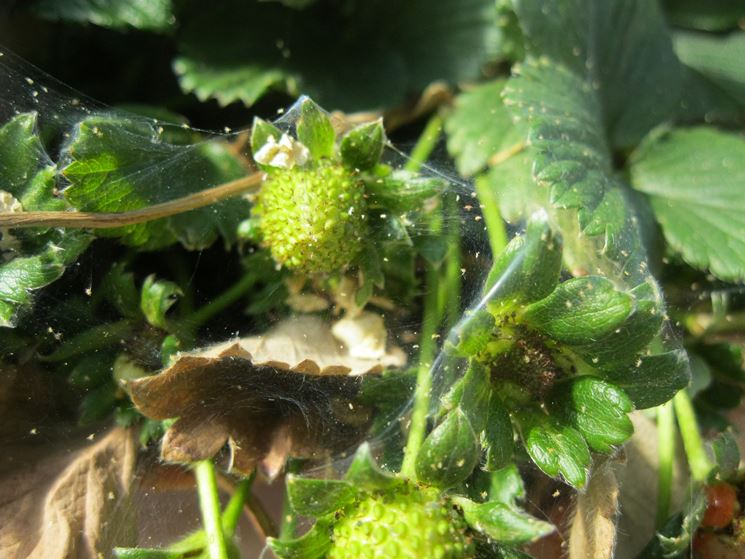
Compared to the common variety of creeping strawberry plants, climbing ones have less chance of being attacked by diseases and parasites, due to the lack of contact between the shoots and the moist soil. Even the best light exposure prevents many diseases. However, climbing strawberries can be attacked by fungal diseases. The most feared are the bad white and the rust, characterized by the typical color that the leaves take on this occasion. The presence of aphids can also damage the plant. The intervention with fungicidal products is not recommended, since the substances contained in it would also involve the fruits. The best defense against these diseases is a correct cultivation practice.

